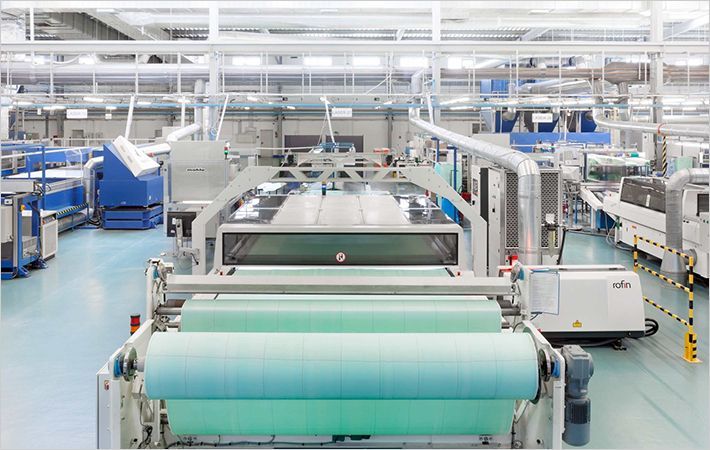What is unique about their product is that the scientists introduce the polymeric flame retardant as part of the extrusion process, a technique that is commonly used in the plastics industry. A polymer that is suitable for fiber spinning is mixed with a flame retardant polymer in the extruder. This is the machine that feeds raw plastic material along a jacketed screw that heats, melts and compacts the plastic before passing it through another tool under pressure to form a continuous profile.
The flame retardant is evenly mixed into the base polymer by simple mechanical action. This method gives plastics manufacturers the advantage of being able to personally control the amount of flame retardant polymer that gets added, meaning that they are able to produce flame resistant polymers according to their own formulae for the very first time.
The research team at Fraunhofer LBF is in the process of setting up a fire safety laboratory that will offer a broad range of services towards the end of 2014. Chemists and engineers will then conduct efficiency tests on flame retardants found in polymers, and develop formulae for synthetic polymers such as thermoplastics, thermosets and composites.
They will examine and test the efficiency of multi-component systems, or what experts refer to as “synergetic mixtures” – compounds that multiply the inherent properties of their individual components. The scientists can also synthesize halogen-free fire retardants and scale up the synthesis as required. The range of possible applications is vast, given the growing share of components made of plastic, all of which have to be treated with flame retardants.
Fraunhofer

